Fossil evidence sheds light on a mysterious human ancestor
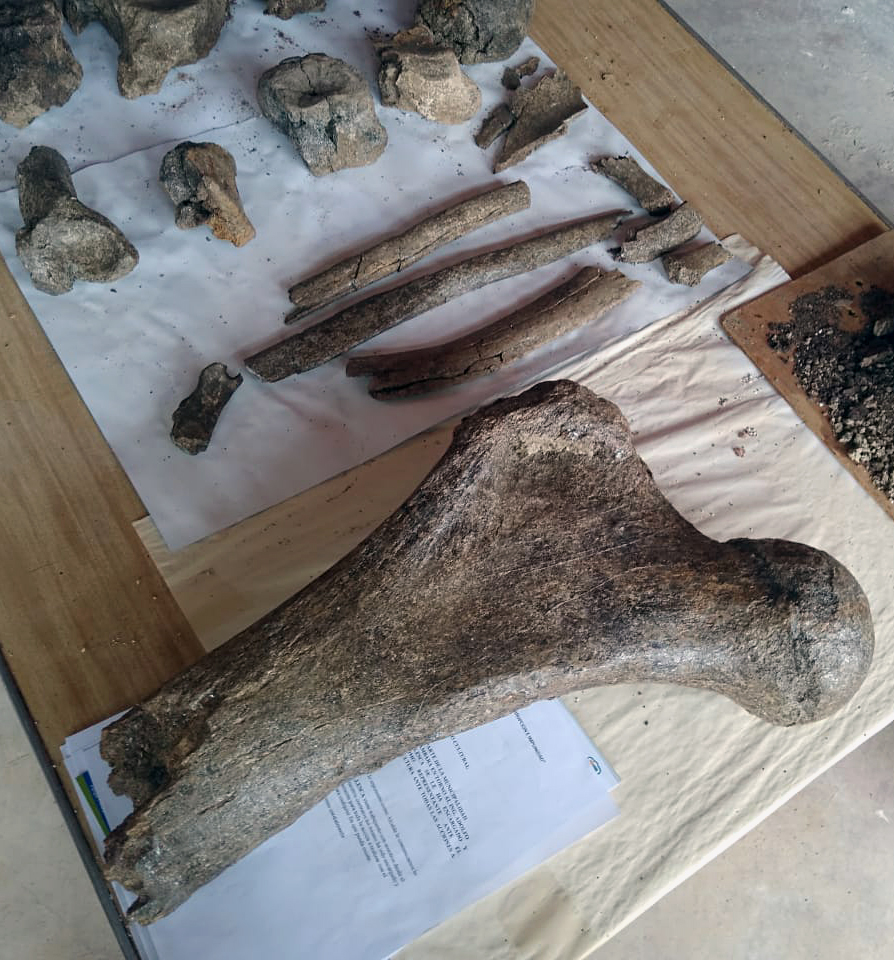
An ancient fossil discovered about 40 years ago is helping us piece together where humans come from.
The fossil, which was found by a monk in the Baishiya Karst Cave on the Tibetan Plateau, is one of very few pieces of concrete evidence we have on an ancient human ancestor called the Denisovan. Denisovans were first discovered back in 2010, in the Denisova Cave in Siberia, hence their name. But this is the first time we've seen any evidence of them outside of that location — and it's a whopping 1,240 miles away.
The Denisovans, Gizmodo explains, are thought to have interbred with Homo sapiens, as traces of their DNA can be found in some present-day Asian and Australian populations. And this new discovery, detailed in the journal Nature, adds more to the picture. We know that rather than being confined to one small area, the species was "geographically dispersed," so it's possible that we'll find more evidence of the Denisovans in other places.
The Week
Escape your echo chamber. Get the facts behind the news, plus analysis from multiple perspectives.

Sign up for The Week's Free Newsletters
From our morning news briefing to a weekly Good News Newsletter, get the best of The Week delivered directly to your inbox.
From our morning news briefing to a weekly Good News Newsletter, get the best of The Week delivered directly to your inbox.
This particular fossil is a jawbone, dated to be around 160,000 years old by the researchers. It's theorized that the Denisovans interbred with humans much more recently — about 50,000 years ago — before eventually going extinct, much like the Neanderthals. They had specialized genes that allowed them to adapt to living in higher altitudes, as the Tibetan Plateau would require, which can still be found in some Himalayan peoples today.
Learn more about this new find at Gizmodo.
A free daily email with the biggest news stories of the day – and the best features from TheWeek.com
Shivani is the editorial assistant at TheWeek.com and has previously written for StreetEasy and Mic.com. A graduate of the physics and journalism departments at NYU, Shivani currently lives in Brooklyn and spends free time cooking, watching TV, and taking too many selfies.
-
 How drones have detected a deadly threat to Arctic whales
How drones have detected a deadly threat to Arctic whalesUnder the radar Monitoring the sea in the air
-
 A running list of the US government figures Donald Trump has pardoned
A running list of the US government figures Donald Trump has pardonedin depth Clearing the slate for his favorite elected officials
-
 Ski town strikers fight rising cost of living
Ski town strikers fight rising cost of livingThe Explainer Telluride is the latest ski resort experiencing an instructor strike
-
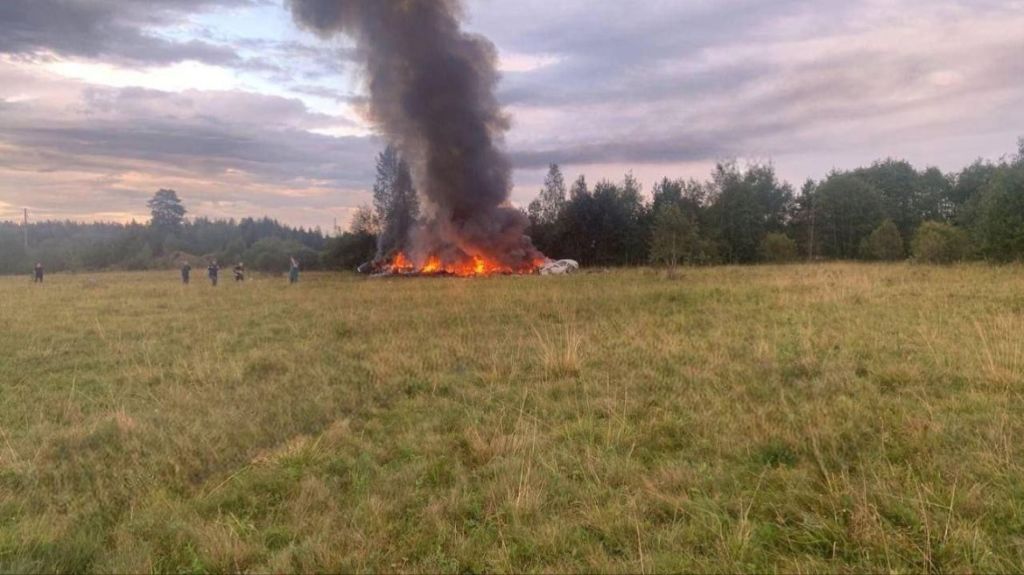 Nobody seems surprised Wagner's Prigozhin died under suspicious circumstances
Nobody seems surprised Wagner's Prigozhin died under suspicious circumstancesSpeed Read
-
 Western mountain climbers allegedly left Pakistani porter to die on K2
Western mountain climbers allegedly left Pakistani porter to die on K2Speed Read
-
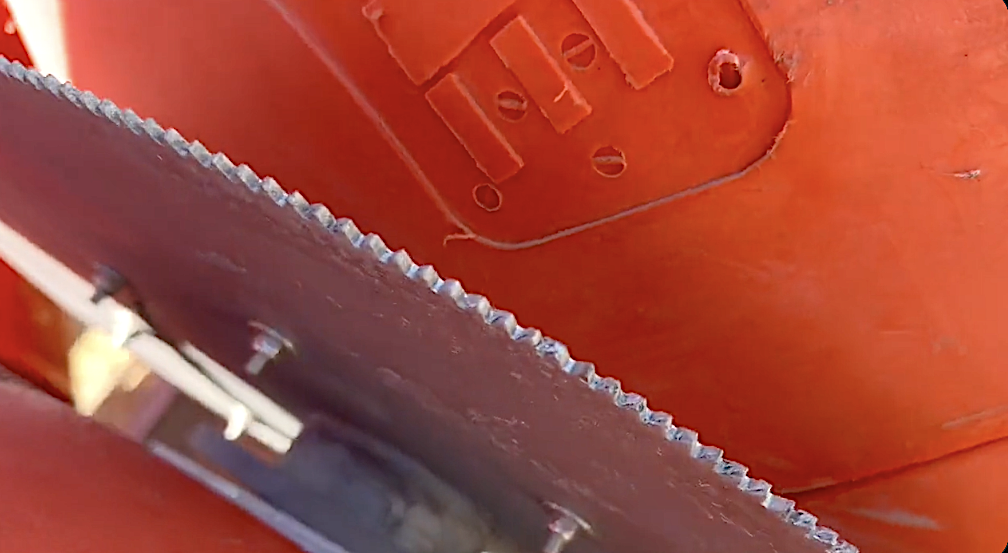 'Circular saw blades' divide controversial Rio Grande buoys installed by Texas governor
'Circular saw blades' divide controversial Rio Grande buoys installed by Texas governorSpeed Read
-
 Los Angeles city workers stage 1-day walkout over labor conditions
Los Angeles city workers stage 1-day walkout over labor conditionsSpeed Read
-
 Mega Millions jackpot climbs to an estimated $1.55 billion
Mega Millions jackpot climbs to an estimated $1.55 billionSpeed Read
-
 Bangladesh dealing with worst dengue fever outbreak on record
Bangladesh dealing with worst dengue fever outbreak on recordSpeed Read
-
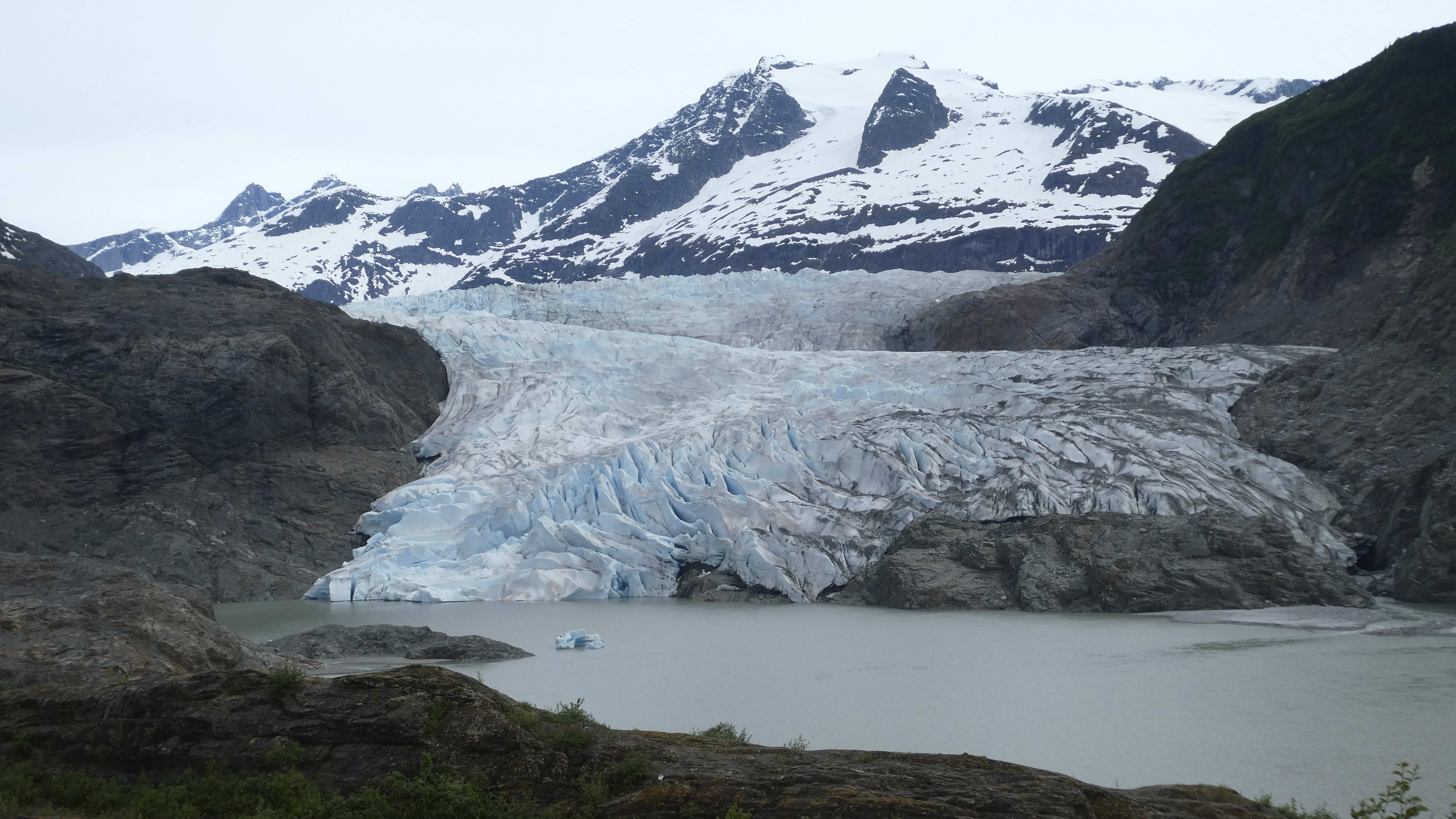 Glacial outburst flooding in Juneau destroys homes
Glacial outburst flooding in Juneau destroys homesSpeed Read
-
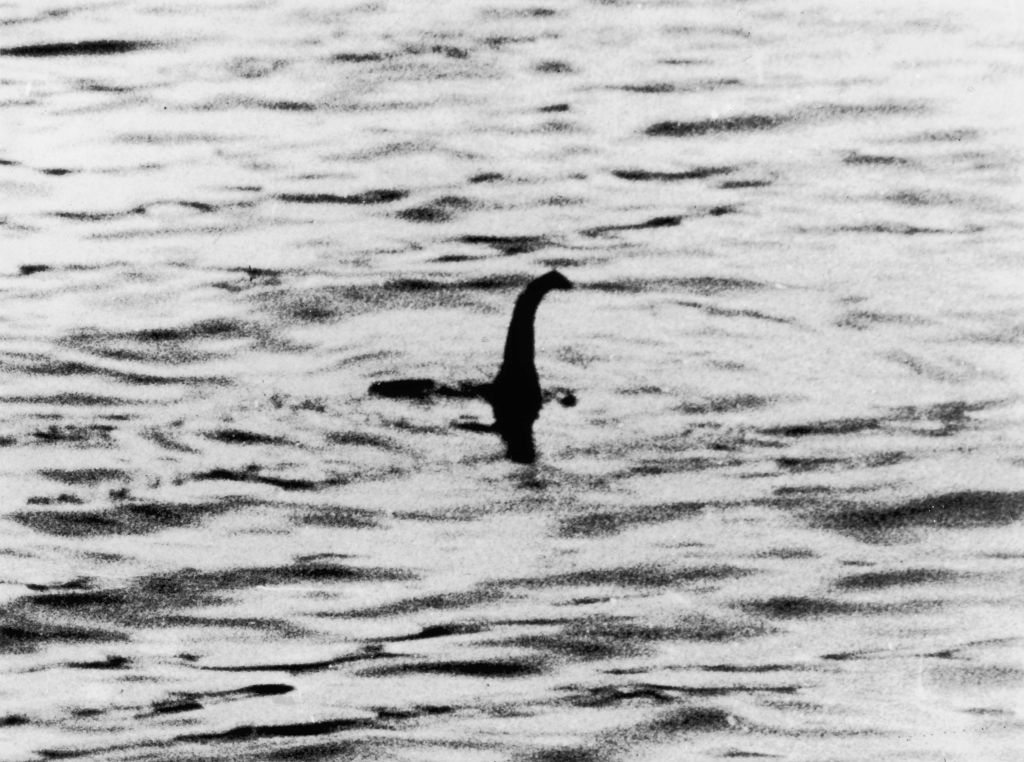 Scotland seeking 'monster hunters' to search for fabled Loch Ness creature
Scotland seeking 'monster hunters' to search for fabled Loch Ness creatureSpeed Read